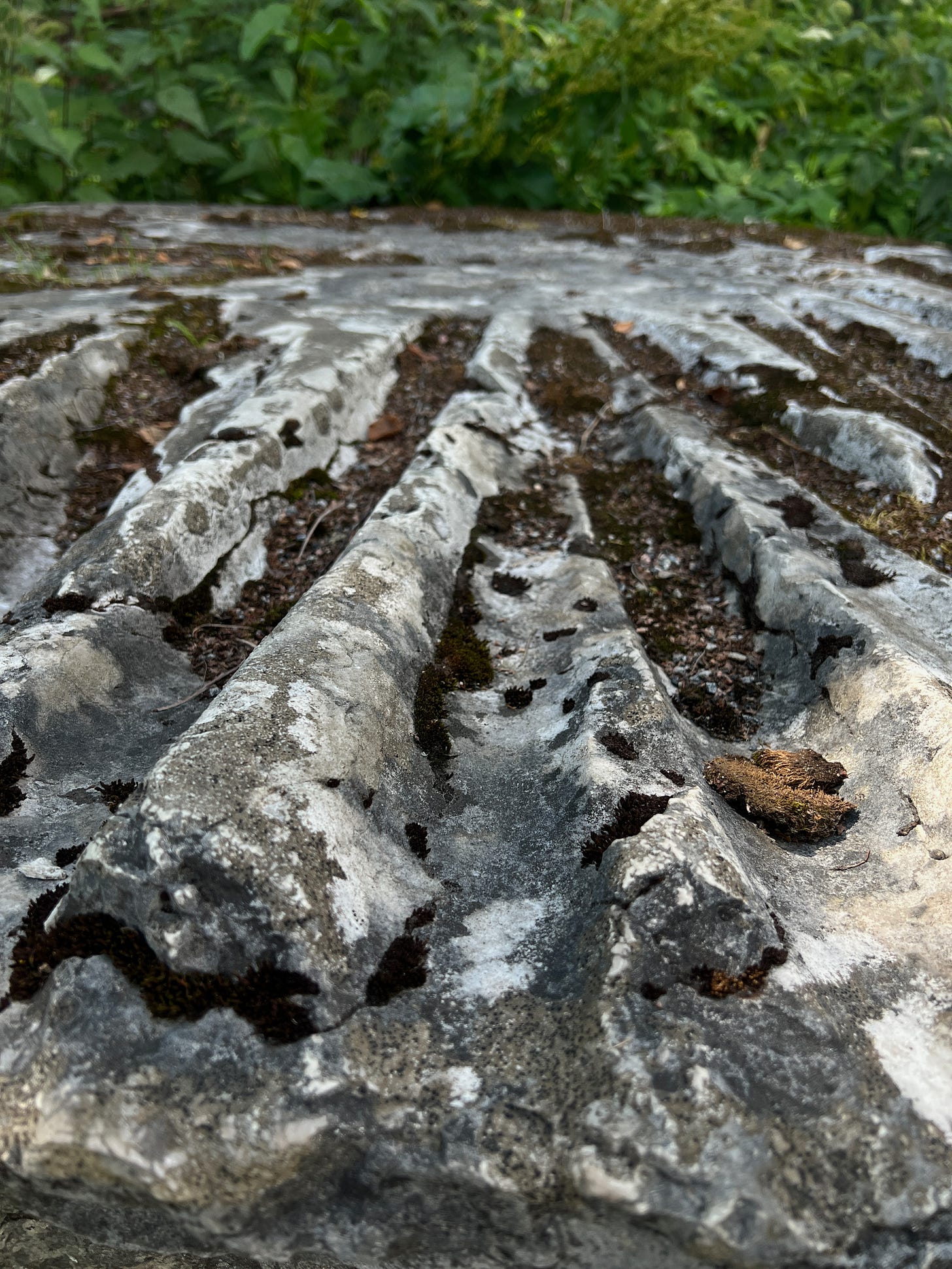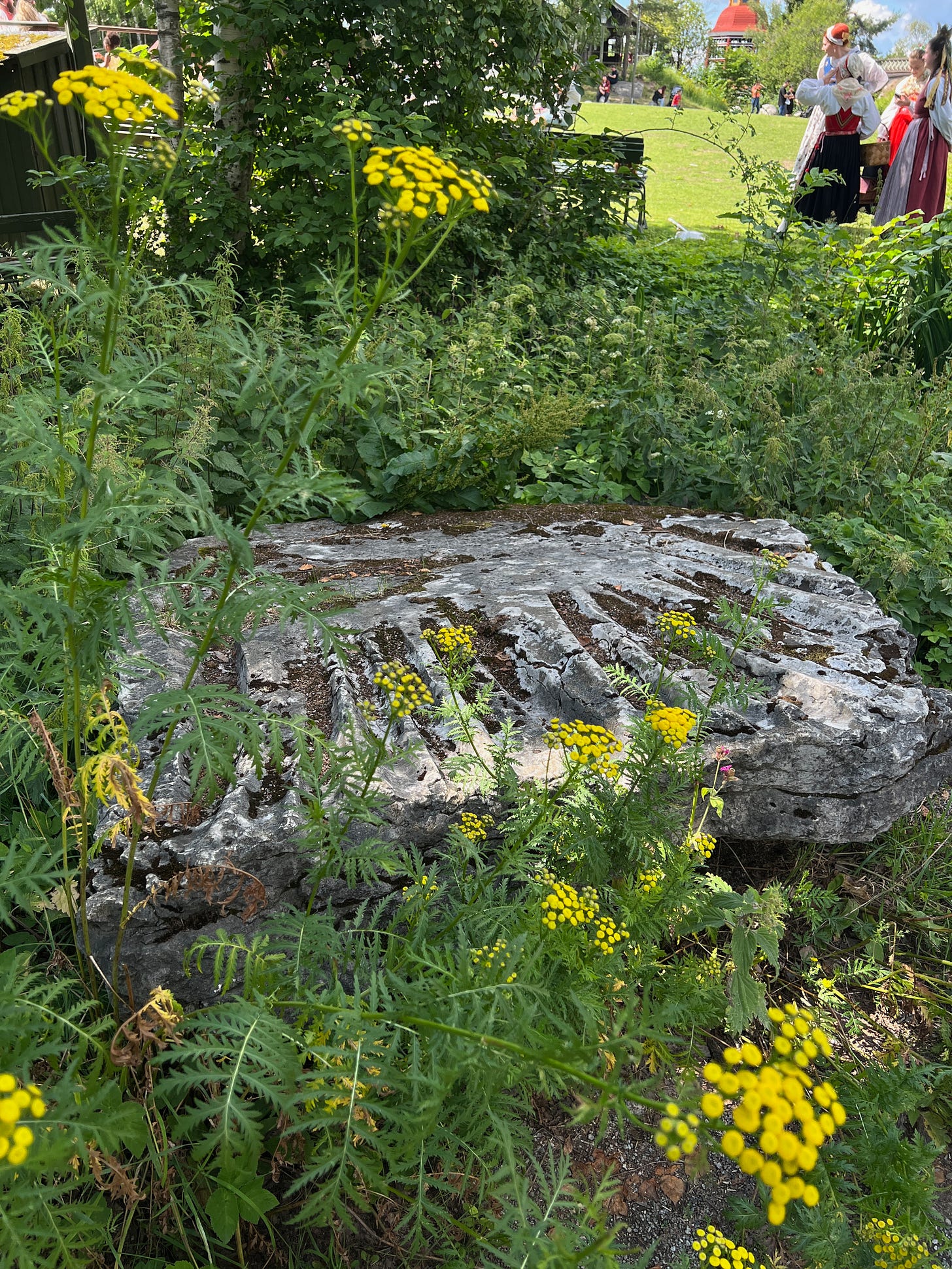There are times in your life where you can see – just for an instant – how things have gone wrong in the world. Then you take another sip of beer, and your insight starts to fade.
Before it vanishes, you rush home through the rain to your hotel in Munich, pushing past the people in the train station who have no idea you are carrying a small burning ember against your chest.
You take a deep breath at the doner kebab stand at the bottom of the stairs at the Ostbahnhof. Some dinner would be good. But you’re a little afraid that if you stop and grab some food that you will forget the words: stone, gouge and … Dammit.
You flip your laptop open and start to write anyway: “The problem is that we don’t all use the same stone.”
One year ago (minus three days), I was at Skansen, a living history museum in Stockholm, Sweden. And there I stood before the least impressive exhibit I’ve ever seen. It is a misshapen rock that is covered in lichen and is cracked and worn and weird.
No one else seems to give a shit about this rock, but there is something about its odd grooves that pulls me in and sits me down.
Sliprännor: These stones are characterized by their long, straight grooves known as grinding grooves or notches. It is not known what caused the grooves, but one theory is that the stones were used for sharpening some type of artefact, possibly stone axes or whetstones, and so they have been called ‘sword-grinding stones.’
Once you sit on one of these Sliprännor, things become obvious. You sharpen stuff here. There are convex, concave and flat surfaces all around. The main sharpening stone at Skansen is about 5' x 5', so it was likely a community asset (not even a WoodNet user needs a single stone that large).
If there was a village water well, then why not a village sharpening stone?
This is not an idea that is exclusive to Western culture. In May, I was struck by a video on the shellac industry that showed an Indian woman sharpening a tool on a rock in her back yard to harvest lac. I mean, of course, that’s how you do it – no different than the local carpenters sharpening their chisels on the stone steps of the old houses in our neighborhood.
In the past, we might all use the same sharpening stone. So there was nothing to argue about when it came to sharpening. We all rub it here. We all polish it there. Spit. And we are all done.
What about the people in the next village? Is their Sliprännor is better? Maybe worse? I suspect their Sliprännor is a little shittier on the micron chart, especially when you compare its mesh rating to our Sliprännor.
Keep reading with a 7-day free trial
Subscribe to The American Peasant to keep reading this post and get 7 days of free access to the full post archives.



